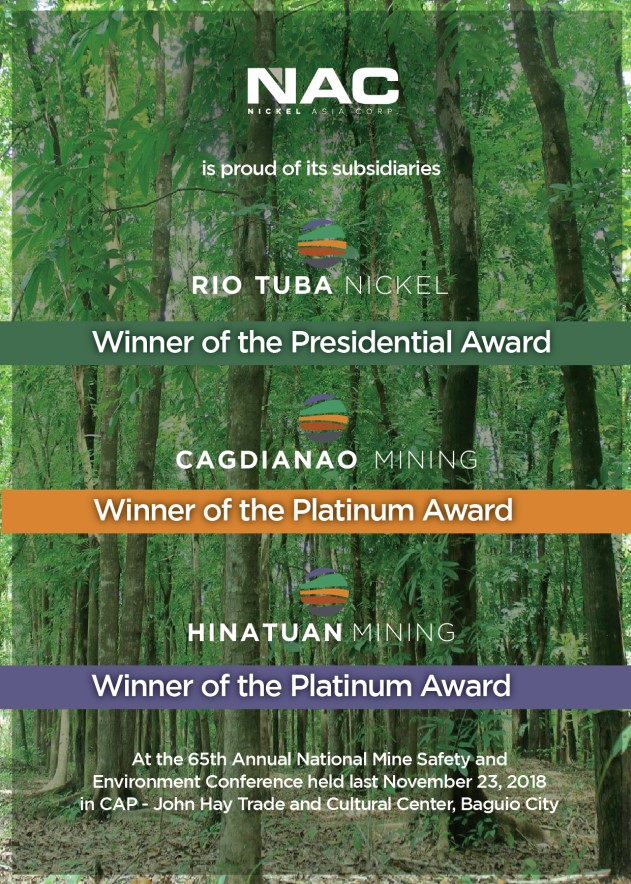Business Proposition
The low-cost but highly-regarded oyster

By Roberto Garcia
WHAT could be one of the cheapest aquaculture projects and yet a profitable venture?
Many people think that it requires a lot of money and resources to engage in fish culture. However, there are some aquaculture activities that require minimal cost or none at all if one is resourceful, skillful and hardworking.
One of them is oyster farming where the oyster seed and food are available for free, compliments of Mother Nature. Moreover, there is always a good market for oysters.
So how do we grow oysters with the least cost?
Let me count the ways.
One is to throw some big rocks to the bottom of the sea and after some months scrape off any attached oysters; or stake bamboo poles into the sea bottom then pull them up together with the oysters later; or hang empty oyster shells in the sea.
The first method cost nothing, only hard labor, while the second requires bamboo or wood and some effort to stake them. However, both techniques will not produce sufficient and good quality oysters, and may cause siltation which will prevent the free flow of water.
The hanging method is the most efficient since it produces more and bigger oysters. The critical factors here are the timing of the setting of the substrates for the oysters to attach on and the proper selection of culture area.
In tropical countries like the Philippines oysters can be harvested after four to eight months depending on the desired size while in temperate countries it takes almost two years. In some developed countries like Japan, the oyster culture industry is big business where farmers are considered millionaires because of the enormous profit gained from the mass production of oysters.
Oyster culture is favourable for coastal families because of its low investment and good market.
Moreover, there are many ways to give added value to the product by processing such as pickling, fermenting, drying, smoking, canning, salting, and making oyster sauce. The shells can be sold and made into chicken feed or industrial lime.
A small family of five can easily maintain a moderate-sized farm that can provide economic benefits as well as food for them. It is also environment friendly if done right and sustainably because the resources are free. Thus, this is an excellent opportunity for a fisherfolk and his family to earn additional income.






